The head-up display (HUD) is a transparent display presenting data on a screen within the driver’s visual range. This type of display was originally invented for military use. Essential operational data have been displayed for fighter jet pilots in this manner since 25 years. Furthermore, this innovative technology could be admired as a car application at the end of the eighties. In the James Bond film “The Living Daylights” the famous secret agent’s adapted Aston Martin is equipped with this feature.
Practical feature for drivers as well
Fractions of seconds are instrumental when flying a fighter jet. At speeds of hundreds or thousands of km/h the pilot’s view must be directed outward at all times. Nothing quite so dramatic in the car. Nevertheless the display of the most important operational data without having to look downwards at the dashboard is an attractive comfort and safety feature.
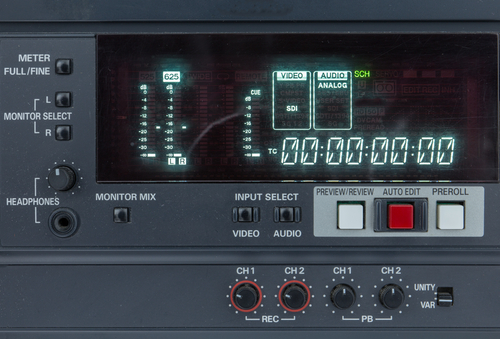 This cool and sporty gadget was actually developed for young, dynamic drivers. Yet, older drivers requiring multi-focal glasses for sharp vision are particularly grateful for head-up display. You never need to take your eyes off the road to be informed at all times about the most important driving data. Yet, the differences between the separate devices and solutions are considerate.
This cool and sporty gadget was actually developed for young, dynamic drivers. Yet, older drivers requiring multi-focal glasses for sharp vision are particularly grateful for head-up display. You never need to take your eyes off the road to be informed at all times about the most important driving data. Yet, the differences between the separate devices and solutions are considerate.
Cheap and limited: the mobile app
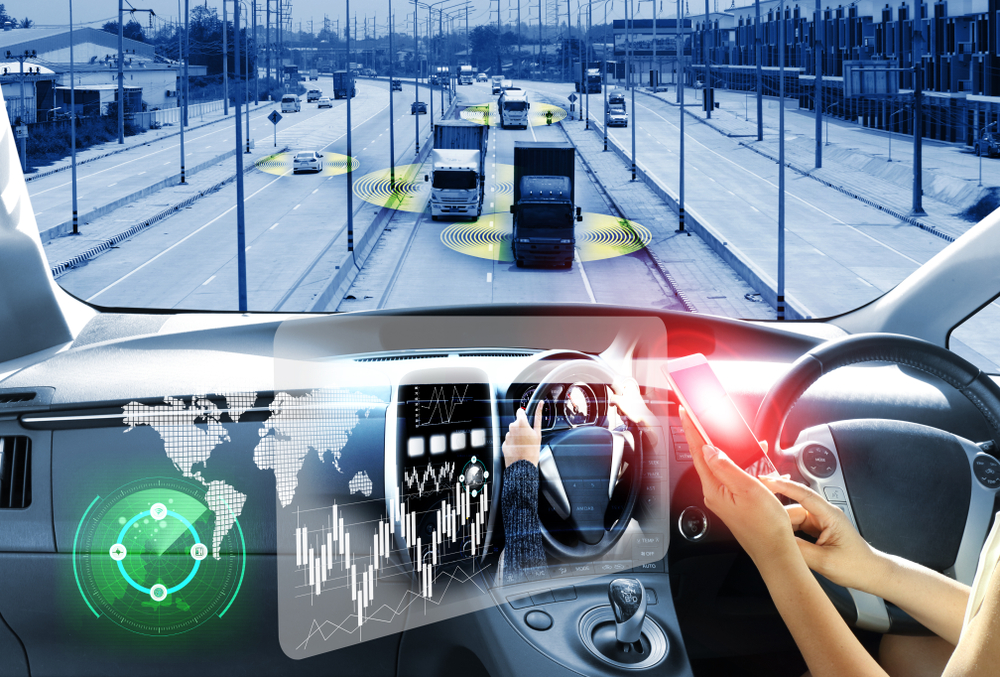 It is possible to convert your smartphone into a head-up display. However, it takes more than simply downloading the app. The real advantage of the interface is its transparency.
It is possible to convert your smartphone into a head-up display. However, it takes more than simply downloading the app. The real advantage of the interface is its transparency.
Therefore, a smartphone in your visual range is hardly an acceptable solution. Retail offers smartphone holder brackets for placing the smartphone horizontally, its display illuminating a semi-transparent reflecting foil. At daylight, the display’s lighting power is hardly sufficient to provide adequate vision.
Furthermore, the quality of the holders is often unsatisfactory. A wobbling, unsteady display provides the opposite of the actual purpose of a HUD. Fortunately, adequate interfaces are now available, costing only little more than the mediocre-quality smartphone holders of ca. 20 EUR (± £18).
Options remarkably limited
The semi-professional HUD interfaces start at ca. 30 EUR (± £27). All these retrofit solutions have one thing in common: they have a rigid display. In the era of HD movies on the smartphone this is somewhat curious. With regard to display you might feel yourself catapulted back into the “Knight Rider” era of the eighties.
 Yet, this display format is ideal for its intended purpose: clear signals with adequate legibility. The spectrum of display possibilities is quite broad. The simplest HUD devices only show the speed, be it in large, clearly legible digits, depending on model. For some users this limited information is sufficient.
Yet, this display format is ideal for its intended purpose: clear signals with adequate legibility. The spectrum of display possibilities is quite broad. The simplest HUD devices only show the speed, be it in large, clearly legible digits, depending on model. For some users this limited information is sufficient.
 Speed warning is nowadays a standard feature of many HUD interfaces. A driver exceeding the local speed limit receives a warning with a display of the permitted maximum speed. The spectrum of possibilities reaches further: odometer, fuel consumption and rudimentary navigation are available in high-grade devices.
Speed warning is nowadays a standard feature of many HUD interfaces. A driver exceeding the local speed limit receives a warning with a display of the permitted maximum speed. The spectrum of possibilities reaches further: odometer, fuel consumption and rudimentary navigation are available in high-grade devices.
How does the HUD get its data?
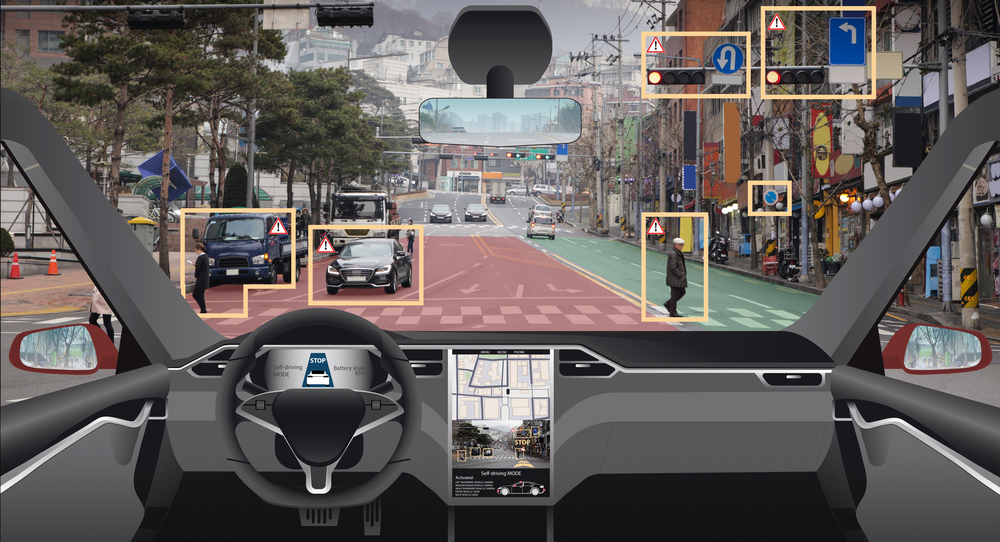 There are three ways for data to reach the HUD device:
There are three ways for data to reach the HUD device:
- For the basic HUD app this is generally the GPS. This technology is nowadays astonishingly precise.
- The second possibility is a cable connection with the OBD. This plug is originally intended for reading the fault memory. DIY’ers as well as engineers increasingly turn this service connection into a multifunctional data source. The signals of the OBD have proven themselves to be ideal for HUD display. The advantage of the cable connection is the constant electricity supply for the device.
- However, not everybody fancies a cable lying in the car. Therefore, head-up displays with Bluetooth reception are also available. The only thing you need, is a USB dongle for insertion in the OBD.
Installing head-up display
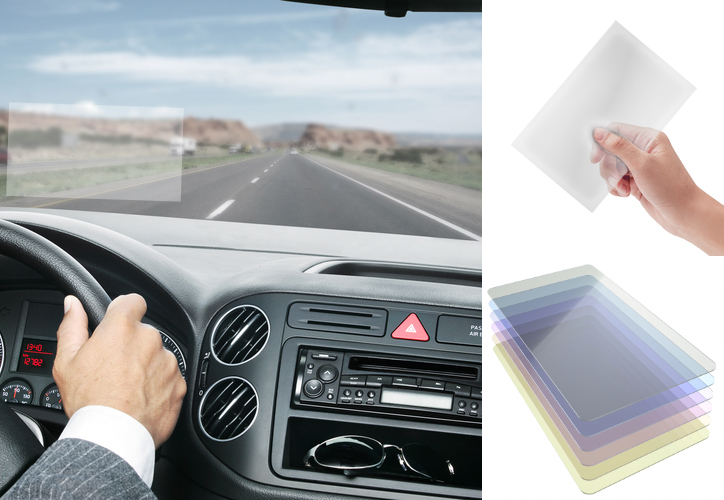 The main challenge is retrofitting the car with HUD.
The main challenge is retrofitting the car with HUD.
Manufacturers offer complete sets, consisting of semi-transparent reflecting foil, a holder, the HUD device and an OBD connection.
At least a power supply via the 12 Volt plug-in connector is part of most available sets.
Next generation on its way
The next-generation HUD interfaces are already available in the USA, making the solutions in Europe look old-fashioned.
NAVDY is a HUD with the full function of a smartphone: LED display, gesture control, control via a mini-pad on the steering wheel are integrated in NAVDY. Telephone calls and navigation are possible with this interface. NAVDY requires a Bluetooth connection with the smartphone.
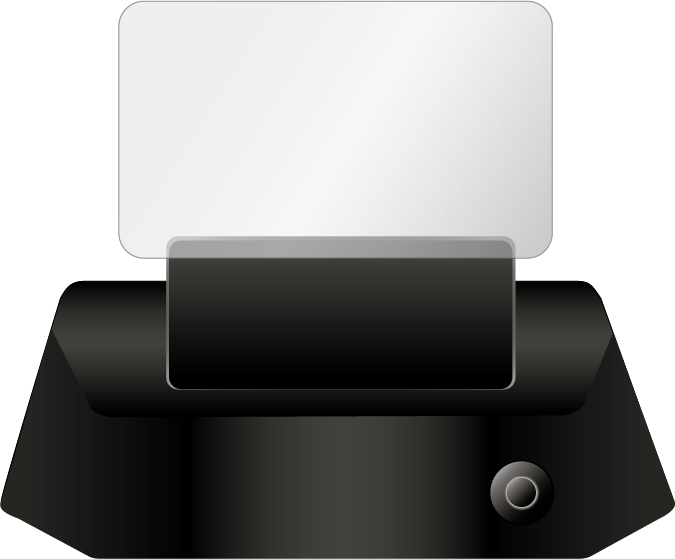 Another next-generation HUD devices have similar functions. The only disadvantage of these very innovative interfaces is their price. Where a rigid head-up display costs ca. 30 – 50 EUR (± £27 – £45), the HUD 2.0 easily costs ten times as much. However, this is always cheaper than the interfaces installed ex works. These are optimally adjusted to the car and have no interfering cable. Yet, they are so expensive that you can ask yourself whether it is a sensible option. Onboard-HUD will therefore probably suffer a similar fate as its predecessor, the navigation device. Everything offered as a mono-functional solution is soon made obsolete by the next generation.
Another next-generation HUD devices have similar functions. The only disadvantage of these very innovative interfaces is their price. Where a rigid head-up display costs ca. 30 – 50 EUR (± £27 – £45), the HUD 2.0 easily costs ten times as much. However, this is always cheaper than the interfaces installed ex works. These are optimally adjusted to the car and have no interfering cable. Yet, they are so expensive that you can ask yourself whether it is a sensible option. Onboard-HUD will therefore probably suffer a similar fate as its predecessor, the navigation device. Everything offered as a mono-functional solution is soon made obsolete by the next generation.
Foto: Panchenko Vladimir, ambrozinio, MNBB Studio, Yodchompoo, Scharfsinn, Beros919, posteriori, NothingIsEverything, OliveTree / shutterstock.com




 (9 votes, average: 3.56 out of 5)
(9 votes, average: 3.56 out of 5)







